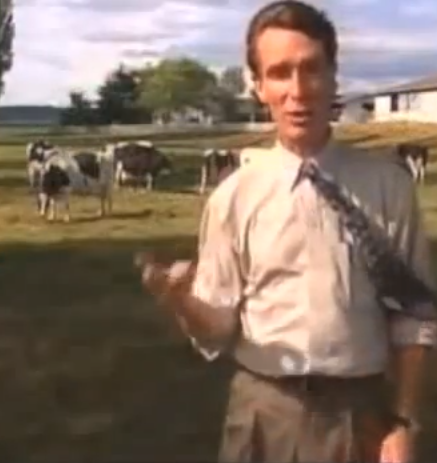

This election season, two states, Colorado and Oregon, have GMO labeling laws on their ballots. Three more, Vermont, Maine and Connecticut have already passed labeling laws, though they have yet to take effect. Similar measures were voted on and failed narrowly in California and Washington, where labeling opponents spent $80 million or so campaigning against them, and the pro-labeling folks spent less than a quarter of that.
Most arguments for labeling focus on the right of people to know what’s in their foods and to make choices based on what consumers want to eat and feed their families. Those against labeling cite the cost and that research shows that foods created from GMOs are not dangerous.
We still don’t have answers about whether or not genetically modified crops are good or bad for us or for our livestock or for the environment. There are plenty of folks who argue the different sides pretty strongly, but the data and the studies are not conclusive in either direction. Since it’s a question we hear a lot: “Are genetically modified crops and products safe?”, it would be great to see convincing evidence one way or another. For now, though, we’re asking the questions. And wondering if it’s reasonable to know what’s in our food.
In this “Eyes of Nye” video, Bill Nye the science guy brings up some potential unintended consequences to our environment from transgenic crops. He talks about the potential changes to the insect world around us, how that might affect the creatures that feed on them, and ultimately the kind of impact it could have on us. We thought it was an interesting addition to the conversation. Check out Science Guy Bill Nye’s video…it’s 8 minutes long and includes information on the difference between GMOs and hybrids, how GMOs are created, how many GMOs we’re all probably already eating, and last but not least, the potential impact on the circle of life.




I read the whole Colorado bill and it is so full of loop holes that I decided it will only make lawyers rich. I voted against it.
Comments are closed.